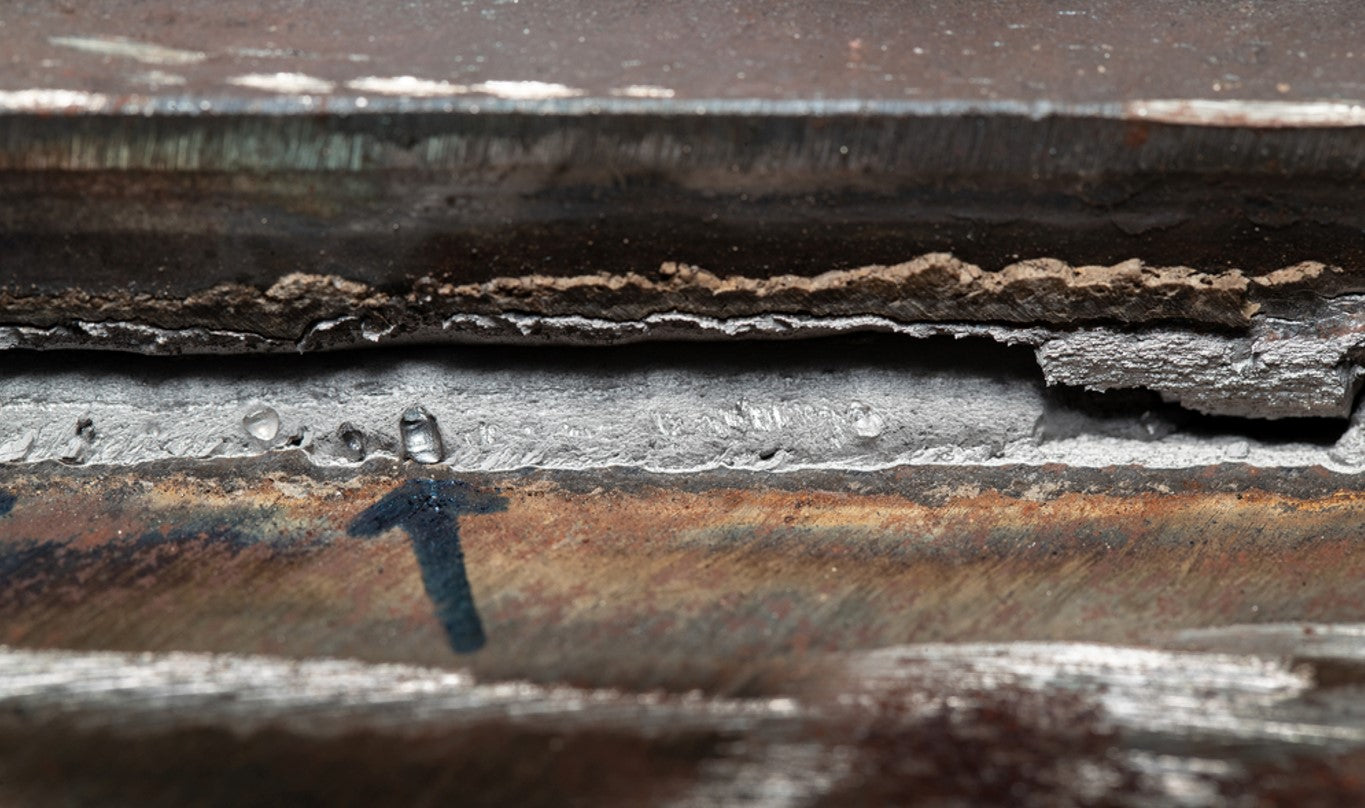Preventing Weld Undercut Demystified: Methods for Success
Preventing Weld Undercut Demystified: Methods for Success
Blog Article
A Comprehensive Guide to Identifying, Averting, and Repairing Undercut Welding Issues in Your Welding Projects
In the world of welding, encountering undercut concerns is an usual difficulty that can compromise the architectural stability and overall quality of your welding tasks. Comprehending the root causes behind undercut welding, having the ability to precisely spot it in your welds, and implementing reliable preventative steps are essential abilities for any type of welder. In addition, having the understanding and techniques to fix undercut problems when they do occur can make a substantial difference in the final result of your welding endeavors. Keep tuned as we check out the important parts of determining, preventing, and taking care of undercut welding problems, giving you with important understandings and techniques to boost your welding skills to the following level.
Typical Sources Of Undercut Welding
Undercut welding, a common problem in welding procedures, can be triggered by various elements that need to be very carefully recognized and addressed to guarantee the stability of the weld joint. Among the key sources of undercut welding is excessive heat input. When the welding specifications, such as voltage, current, or travel speed, are not effectively established, an excessive quantity of warm can be generated. This excess heat results in the melting and subsequent removal of the base material along the edges of the weld joint, producing a groove understood as undercut.
Another usual cause of undercut welding is improper welding strategy. Determining these root triggers and carrying out corrective actions is crucial in protecting against and remedying undercut welding problems in welding projects.
Identifying Undercut in Welds

To identify undercut accurately, proper illumination and zoom devices are important to inspect the weld joint thoroughly. Using tools such as a welding gauge or a magnifying glass can help in discovering even the smallest undercut imperfections. Additionally, running a finger or a finger nail along the weld joint can occasionally disclose undercut, as the surface may really feel irregular or have a dip where the undercut exists.
Safety Nets for Undercut
Having a deep understanding of the sources of undercut in welds permits the execution of reliable safety nets to preserve weld quality and integrity. One crucial safety net is appropriate weld joint preparation. Making sure that the edges are tidy, cost-free of pollutants, and correctly beveled can considerably reduce the chance of have a peek at this site undercut (Preventing weld undercut). Furthermore, selecting the ideal welding specifications, such as voltage, current, and take a trip speed, is essential. These setups ought to be enhanced to avoid too much warm input, which can bring about undercut formation.

Methods for Repairing Undercut

Boosting the welding current or lowering the traveling rate can assist load in the undercut. Additionally, transforming the welding technique from a push to a drag or vice versa can additionally help lessen undercut.
Another method is to make use of a weaving motion while welding to make sure correct sidewall combination and fill in the undercut. By oscillating the welding arc back and forth within the weld joint, the welder can transfer much more site link filler product right into the undercut areas, successfully removing the problem.
In addition, grinding out the undercut and rewelding the joint can be a practical remedy for more serious undercut problems - Preventing weld undercut. This procedure involves removing the undercut section, preparing the base steel, and after that rewelding the joint with proper welding specifications and strategies to stop undercut from repeating

Professional Tips for Staying Clear Of Undercut
Using correct welding techniques and preserving control over key welding specifications are crucial methods for welders aiming to avoid undercut in their weld joints. In addition, picking the appropriate welding process and filler metal for the details application can help avoid undercut. Preserving a consistent traveling rate throughout the welding procedure is another vital idea to protect against undercut.
Conclusion
To conclude, determining, protecting against, and repairing undercut welding problems in your welding projects is important for making sure resilient and strong welds. Preventing weld undercut. By understanding the typical causes of undercut, being able to identify it in welds, applying preventive actions, and utilizing proper strategies for fixing undercut, you can stay clear of possible problems and create top quality welds. Following professional ideas for staying clear of undercut can aid you boost your welding skills and generate far better cause your jobs
Undercut welding, a typical issue in welding processes, can be caused by numerous factors that need to be thoroughly recognized and resolved to make sure the integrity of the weld joint. In addition, running a finger or a finger nail along the weld joint can in some cases expose undercut, as the surface may feel unequal or have a dip where the undercut exists.
Utilizing appropriate welding techniques and maintaining control over vital welding specifications are vital strategies for welders intending to protect against undercut in Resources their weld joints.In final thought, identifying, avoiding, and repairing undercut welding troubles in your welding tasks is critical for making sure strong and resilient welds. By comprehending the typical reasons of undercut, being able to identify it in welds, applying preventative steps, and making use of appropriate strategies for fixing undercut, you can prevent possible issues and develop premium welds.
Report this page